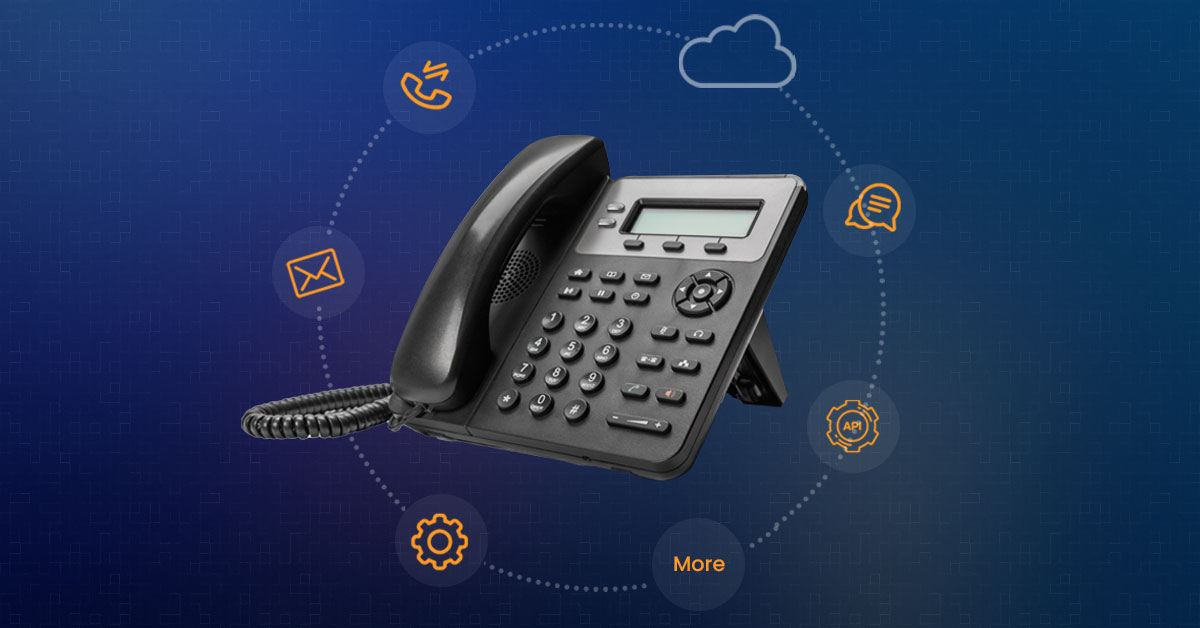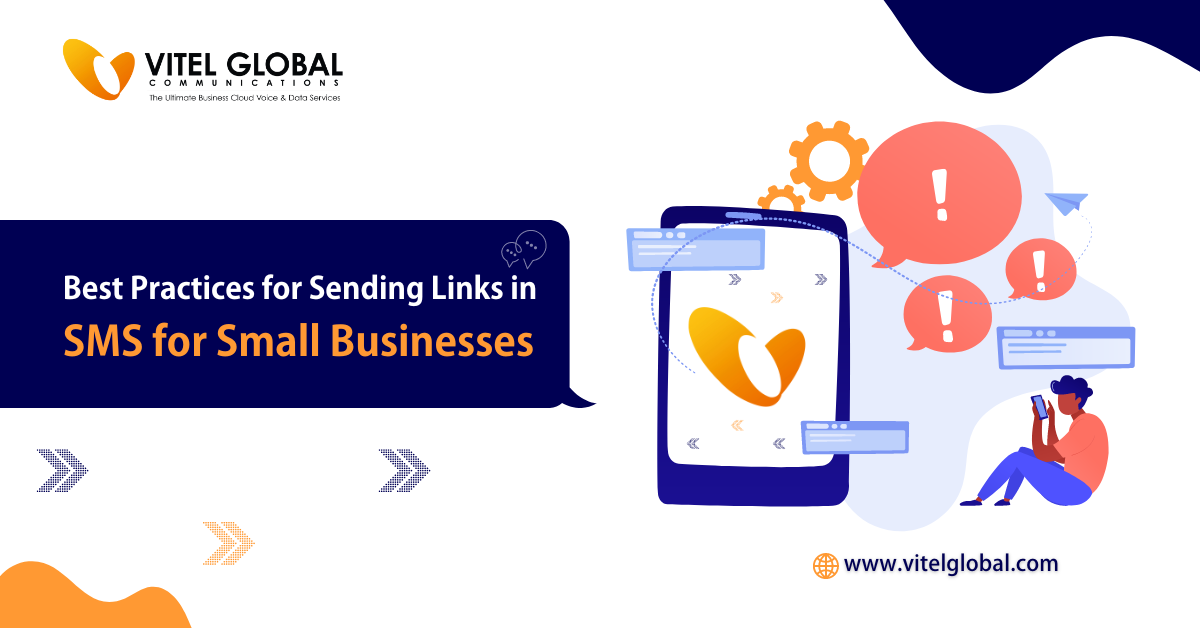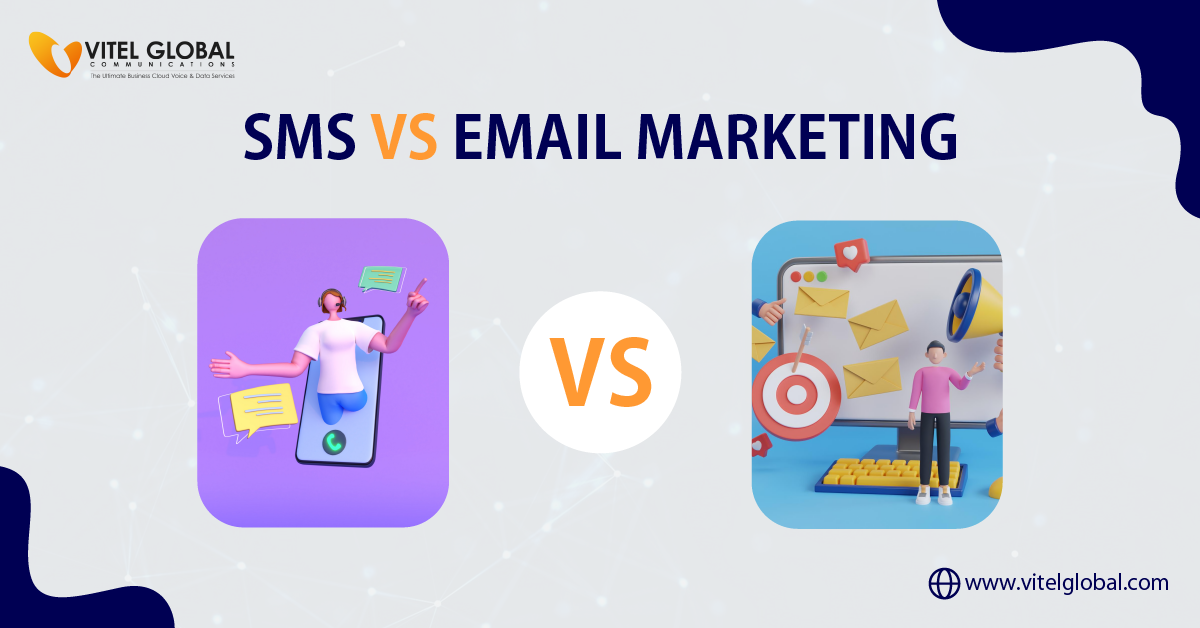MMS vs SMS- Understanding the Key Differences in Messaging
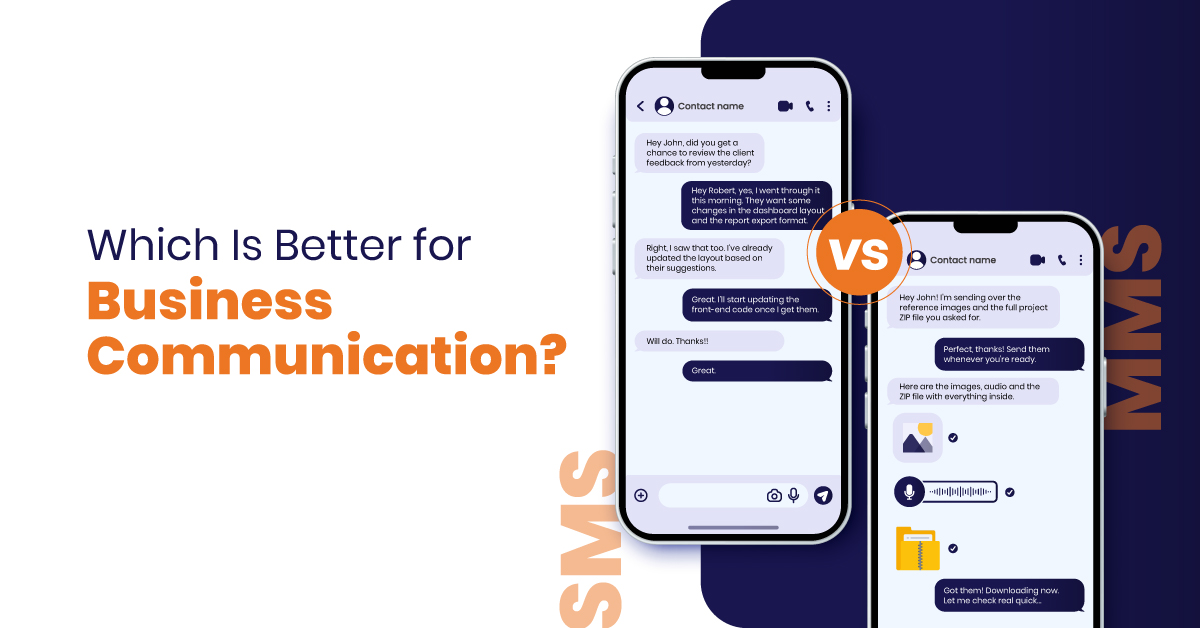
8 min read
Table of Contents
Understanding the key differences between SMS Vs MMS is essential for choosing the most effective messaging service. SMS or Short Messaging Service is a text-only message service with a character limit of 160. On the other hand, MMS or Multimedia Messages can include images and videos too, and have a higher character limit.
Let’s explore in this article which is the best messaging service for your requirements, compare the cost, content, and usage scenarios. Let’s get started!!
Key Highlights-
- SMS is a text messaging service up to 160 characters, whereas MMS supports multimedia content, supporting up to 1,600 characters.
- MMS generally costs more than SMS due to data requirements. The typical rate of MMS is around $0.30, whereas for SMS it is $0.01.
- Integrating SMS and MMS into marketing strategies improves engagement and reach. SMS has high open rates, while MMS campaigns see even higher engagement.
Basics of the SMS
SMS or Short Message Service is the most popular way to communicate in plain text. It allows users to send text messages using the GSM-7, restricted to 160 characters.
In spite of these character limits, SMS remains the most popular and often used texting technology. The real reason behind its popularity is that it is simple, reliable, and doesn’t depend on the internet.
The SMS, being a text-only format, makes it ideal for quick, brief messages. SMS stands for short message and gets the job done effectively, whether it’s a short update, a brief reminder, or a quick hello, without the long calls. This character limit guarantees that messages are straightforward and to the point.
The history of SMS-
The first text message was sent in the year 1992. Since that time, SMS has become a significant part of our daily lives. It helps exchange messages immediately when having a mobile network.
Even in places where there is no internet, SMS can be sent and received, thus making it a multifunctional communication tool.
MMS- The Multimedia Evolution
While SMS is excellent for text-only communication, MMS, or Multimedia Messaging Service, takes it a step further by allowing users to send pictures and multimedia content, including sms mms. This includes:
- Photos
- Videos
- Audio
- GIFs
With the ability to send multimedia content, messaging gets a whole lot more interesting and informative.
One of the best things about MMS is the longer message length, up to 1,600 characters. It is perfect for messages that need more detail or for those that benefit from visual and audio. A business might send a video tutorial or a slideshow of images to promote a new product line. MMS is a versatile tool in modern communication.
MMS also makes the overall messaging experience better by allowing rich media. It is very dynamic and visual, which plain text SMS are not, ideal for marketing and personal messages. We are seeing a shift from text-only to multimedia messaging, which is a growth in the demand for more interactive and engaging ways to connect.
Key Differences Between SMS and MMS
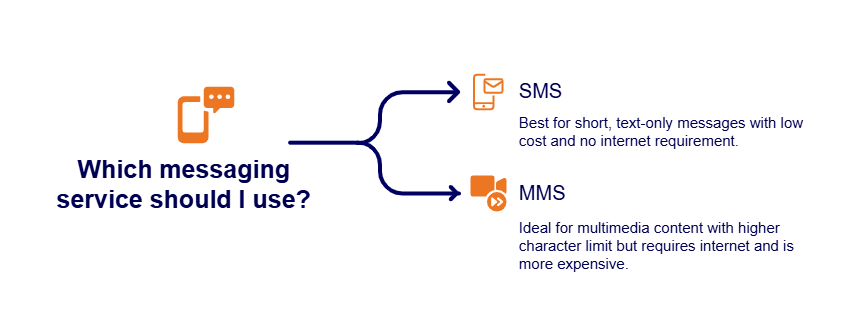
SMS and MMS have several key differences. The most noticeable difference between SMS and MMS is in the content type and character limits.
SMS messages offer only plain text messages confined to a maximum of 160 characters. Whereas MMS includes multimedia content ( both images and videos ) and allows messages up to 1,600 characters, which is way higher than SMS.
Another major differentiator between MMS and SMS messages is the cost.
- MMS messages generally cost more than SMS due to the larger file sizes and the data required for multimedia content.
- Standard SMS charge is around $0.01.
- An MMS could cost up to $0.30.
The cost difference is substantial for businesses that send a huge number of messages. This can vary depending on the main difference in the service used.
There is also a huge difference in the Technical requirements. SMS depends on just the cellular networks and can be sent from any mobile device ( basic or smartphones ). But the MMS requires an active internet connection to send multimedia content. This adds another layer of complexity, meaning MMS can be used on smartphones or devices with internet access.
SMS vs MMS: Quick Comparison Chart
| Feature | SMS (Short Message Service) | MMS (Multimedia Messaging Service) |
| Character Limit | 160 characters | 1,600 characters |
| Content | Text only | Text, images, video, audio |
| Cost | ~$0.01 per message | ~$0.30 per message |
| Network | Cellular network | Requires an internet connection |
| Device | Any mobile device | Requires smartphone/internet access |
When to Use SMS Messages
SMS is the optimal choice for short, crucial communications. It is great for delivering notifications, reminders, messages, and other alerts that require the user’s attention.
Appointments/reminders, order confirmations, and time-sensitive alerts are ideal SMS use cases. Conciseness of SMS is also effective for transactional communications, where you just need to pass on an update or piece of information that doesn’t need context to be understood.
Users anticipate that SMS messages might have urgent information, promptly delivered. Valuing immediacy, SMS is fit for time-critical information. Smaller, lighter, with no need for the recipient to run the app to see the message, SMS can deliver the full notification immediately. This is what makes it such an essential tool for both businesses and individuals that need to communicate instantly.
When to Use MMS Messages
MMS Messages: Great for Getting Your Customers Engaged and Sharing Rich Media. MMS messages are super useful when you are targeting to engage customers and you want to send complex and rich media too. They are especially attractive for marketing initiatives targeting audience attention capture and interaction. Whether promoting a product or advertising a sale, MMS can be a means to getting business messages across in a more dynamic, memorable way. It is particularly handy when there is a need to add an image, video, or audio to your message.
In the following subsections, we’ll explore specific examples of scenarios where MMS shines, such as using images and GIFs, sending videos, and sharing audio files.
Enhancing Engagement with Images and GIFs
Having images and GIFs increases the engagement rate of the message. Captivating visuals improve communication and make the audience open to promotions. For example, if a retail store wants to notify its customers about the latest launch, it can send an MMS with the product images. This can produce better results than just a short textual message.
Employing pictures and GIFs as part of marketing strategies draws the interest and subsequently results in deeper interaction. Visuals intrigue the brain, which is why recipients of your messages tend to remember, as well as take action. Accordingly, MMS fits well with campaigns that are leaning on prominent visual elements..
Sending Videos for Richer Communication
Additionally, videos, which are a key element of the MMS can complement a marketing communication that is targeted to a customer and that creates a better customer relationship. The use of videos, thus the visual and auditory input, will get the attention of the viewer in a more effective way than only writing.
Inserting videos in MMS messages means delivering complicated information in a more vivid and more memorable way. Videos become the illustrations of the explanations given and also the teaser for the recipients that will make it easier for them to understand and retain the information in a richer context. This turns MMS not only into a customer support tool but also a marketing one.
Sharing Audio Files for Personalized Touch
MMS additionally promotes the usage of sound files, which gives a more personal approach to your communication. The audio could be a voice message, a greeting, or an audio fragment that helps your interaction become more intimate and interesting.
This is particularly useful for brands looking to create a more personal connection with their audience.
Cost Considerations: SMS vs MMS
When considering the costs associated with SMS and MMS, it’s important to note:
- MMS messages are generally more expensive due to larger file sizes and the data required to send multimedia content.
- An SMS might cost around $0.01.
- An MMS can cost up to $0.30 per message.
The higher costs of MMS are attributed to the data transmission involved. Sending images, videos, and audio files requires more data, which translates to higher fees from most carriers. The cost difference can quickly add up, especially for businesses sending a large volume of messages.
Thus, weighing the benefits of MMS against its higher costs is essential when planning your messaging strategy.
Global Usage Trends in SMS and MMS Messaging
Worldwide usage trends of SMS and MMS demonstrate that although the two messaging services have different popularity and are aimed at different purposes, they are still effective. The evolution of the multimedia messaging service (MMS) is definitely the most significant step it has taken since its commercial launch in 2002. It is predicted that in 2025, around 6 billion people will be utilizing SMS for communication. The extent of this use underlines the continuing necessity of SMS in our daily lives.
SMS usage statistics by country:
In North America, approximately 80% of people use SMS.
Russia demonstrates the highest percentage of mobile users who text, at 89%.
SMS usage in India and China is so high that it is difficult to imagine anyone not using SMS. China leads all these countries with over a billion SMS users.
The future trends show a rise in mobile communication, with the percentage of internet users accessing the web via mobile devices expected to reach 72.6% by 2025. This highlights the growing importance of SMS and MMS in both personal and business communication.
Integrating SMS and MMS into Your Marketing Strategy
Employing the utilities of both SMS and MMS concurrently in your marketing plan can dramatically boost your coverage and user involvement. The effective use of SMS marketing can reach 97% to 99% of the text’s recipients, while the engagement level of the MMS campaign can rise even further. This fact alone could be a powerful motivation to use both single texts and multimedia messages in your promotional campaigns.
Following all the legal requirements means you have to get the permission of customers through a clearly defined signing-up process. Giving the subscriber an option to leave the list easily is also very important, as it shows that the brand respects the subscriber and is not its enemy.
By utilizing A/B testing, you can do so by selecting different variables and thus making your interventions more productive. Responding to the previous relationship with people and thus personalizing messages would be a more natural way to catch engagement and ensure that our communications meet the voice of the audience.
Best Practices for Effective SMS and MMS Campaigns
Running successful SMS and MMS campaigns involves:
- Incorporating rich media to enhance engagement.
- Personalization can increase interaction rates by over 46%.
- Message templates are being used to boost efficiency in communication.
The important factors for successful SMS marketing
- The Telephone Consumer Protection Act is an example of regulations with which compliance is necessary.
- Short message format is one of the ways to quickly mobilize the addressees.
- Use of analytics to find the best sending time to increase engagement.
Segment your audience into groups according to demographics and preferences in order to make your messages more targeted. In addition, do not overwhelm the customers with too many messages, but rather be sure that each communication is worth the customer receiving it.
Overview
Having knowledge of SMS and MMS with their respective use cases helps in enhancing your communication strategy. SMS is ideal for brief and urgent messages.
MMS excels in delivering rich and engaging content. They both offer unique advantages that can be used depending on your specific requirements.
It is important to balance the benefits, costs, and legal compliances as you integrate these insights into your strategies. By doing so, you’ll be well-equipped to maximize the effectiveness of your messaging campaigns and achieve your communication goals.
Frequently Asked Questions
What is the difference between SMS and MMS?
SMS only allows text messages up to 160 characters, whereas MMS supports multimedia content such as images and videos, with a longer character limit of 1,600. This is the main difference between SMS and MMS.
When should SMS be used instead of MMS?
SMS is used for brief, urgent messages. For example, reminders or alerts allow for quick and concise communication of important information. On the other hand, MMS is used for messages that require multimedia content.
Why is MMS more expensive than SMS?
MMS involves larger file sizes and greater data transmission for multimedia content. This leads to higher charges per message as compared with the simple plain text format of an SMS.
How to integrate SMS and MMS into my marketing strategy?
SMS and MMS, if used together strategically in your marketing, can increase reach and engagement. Use SMS for concise notifications and MMS for delivering rich media content. But make sure of legal compliance and personalizing your messages.
What are the best practices for SMS and MMS marketing campaigns?
Businesses should prioritize personalizing messages according to the client’s target for successful SMS and MMS campaigns. The focus should also be on rich media. The communication should be concise and comply with regulations. It is necessary to regularly analyze performance to optimize engagement.
Published: July 3rd, 2025
Subscribe to Our Latest Updates
Get monthly product and feature updates, the latest industry news, and more!


